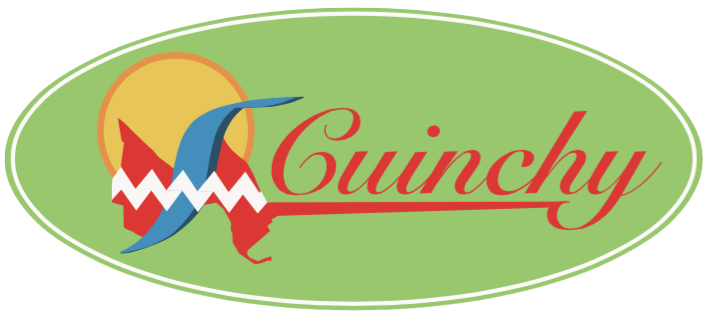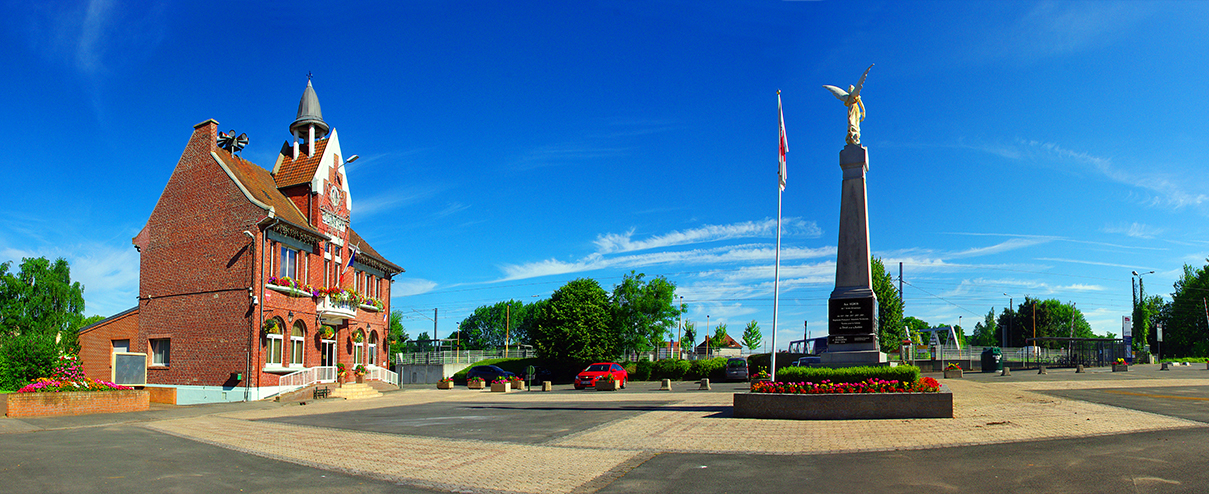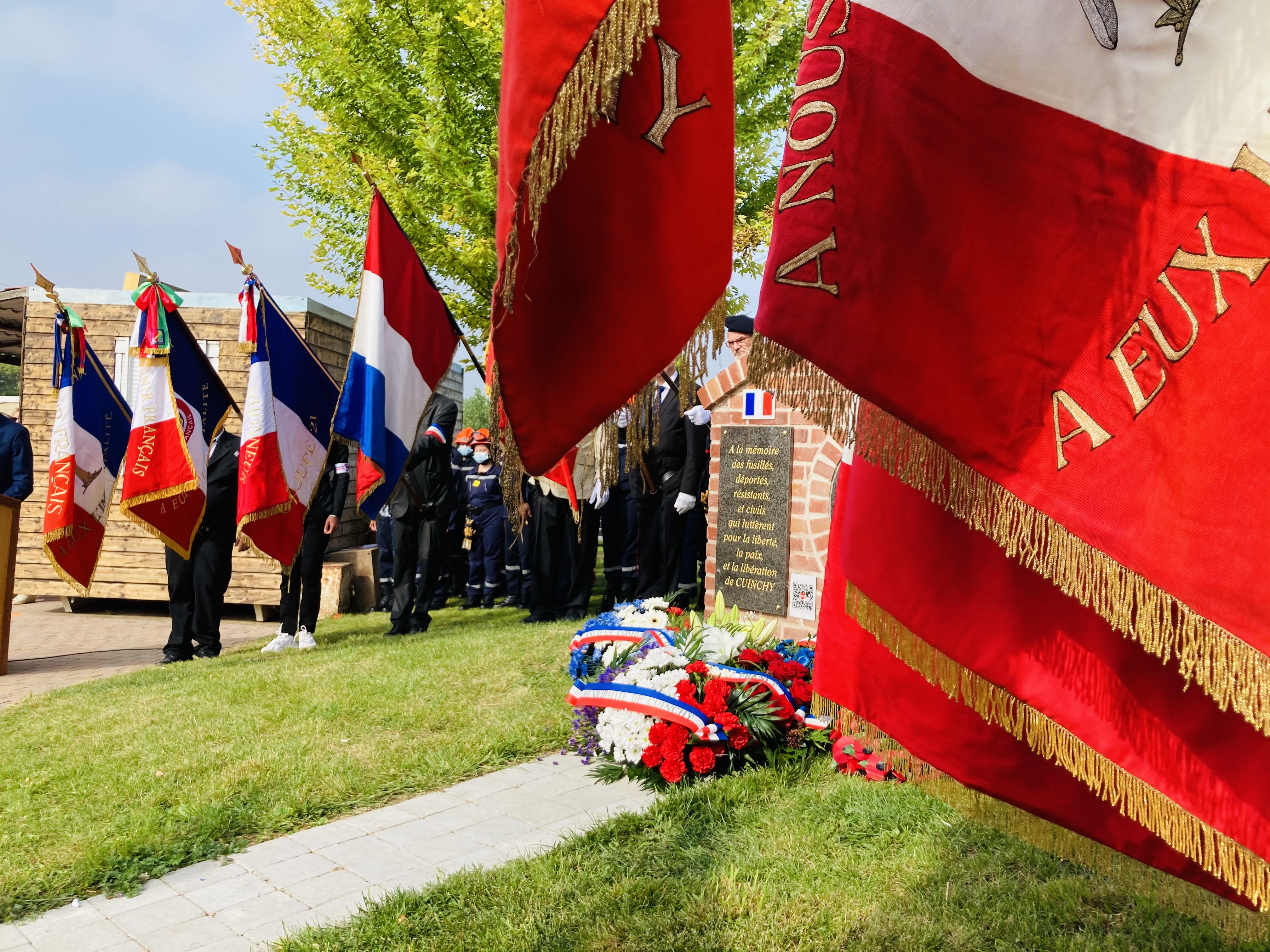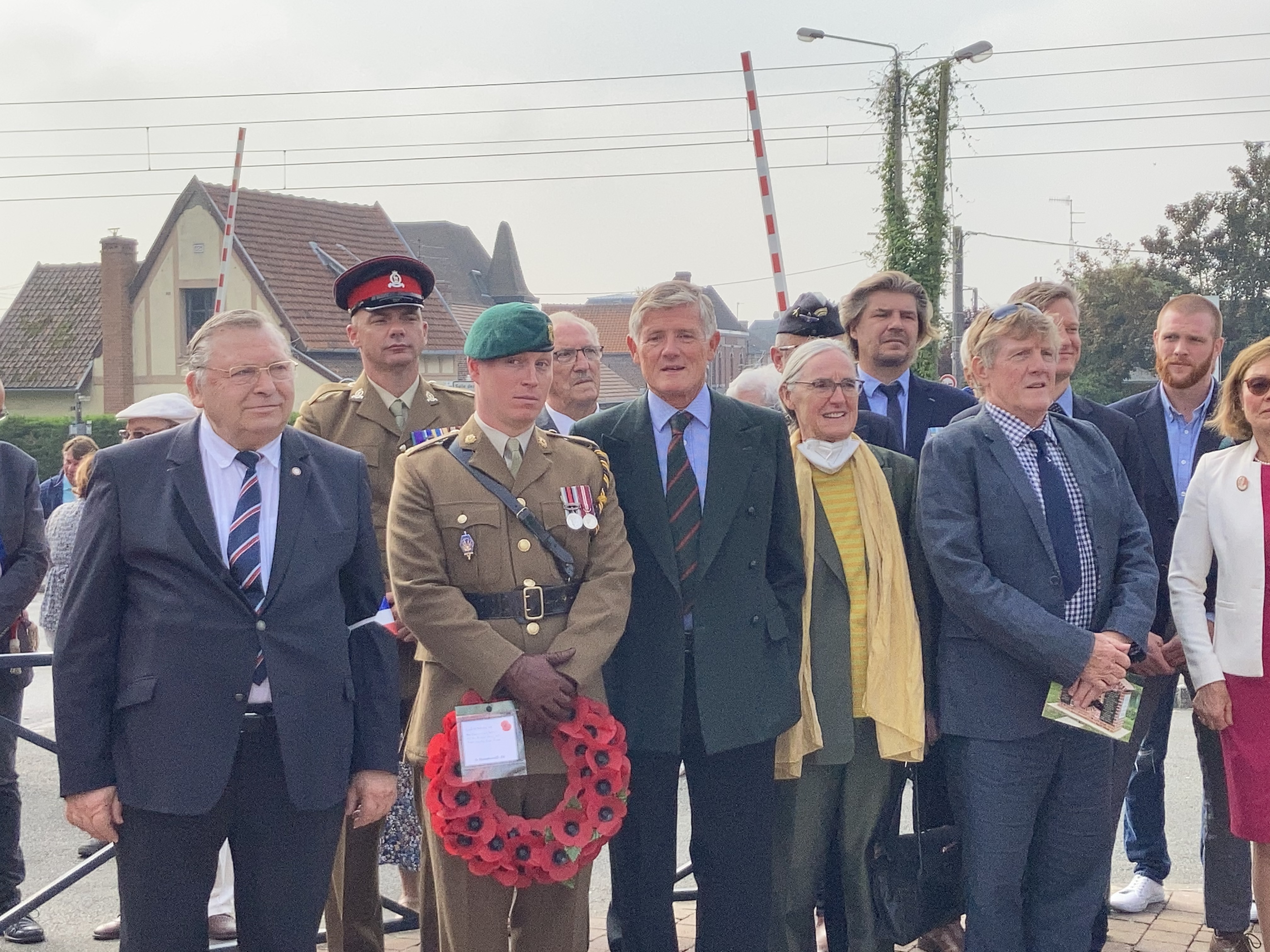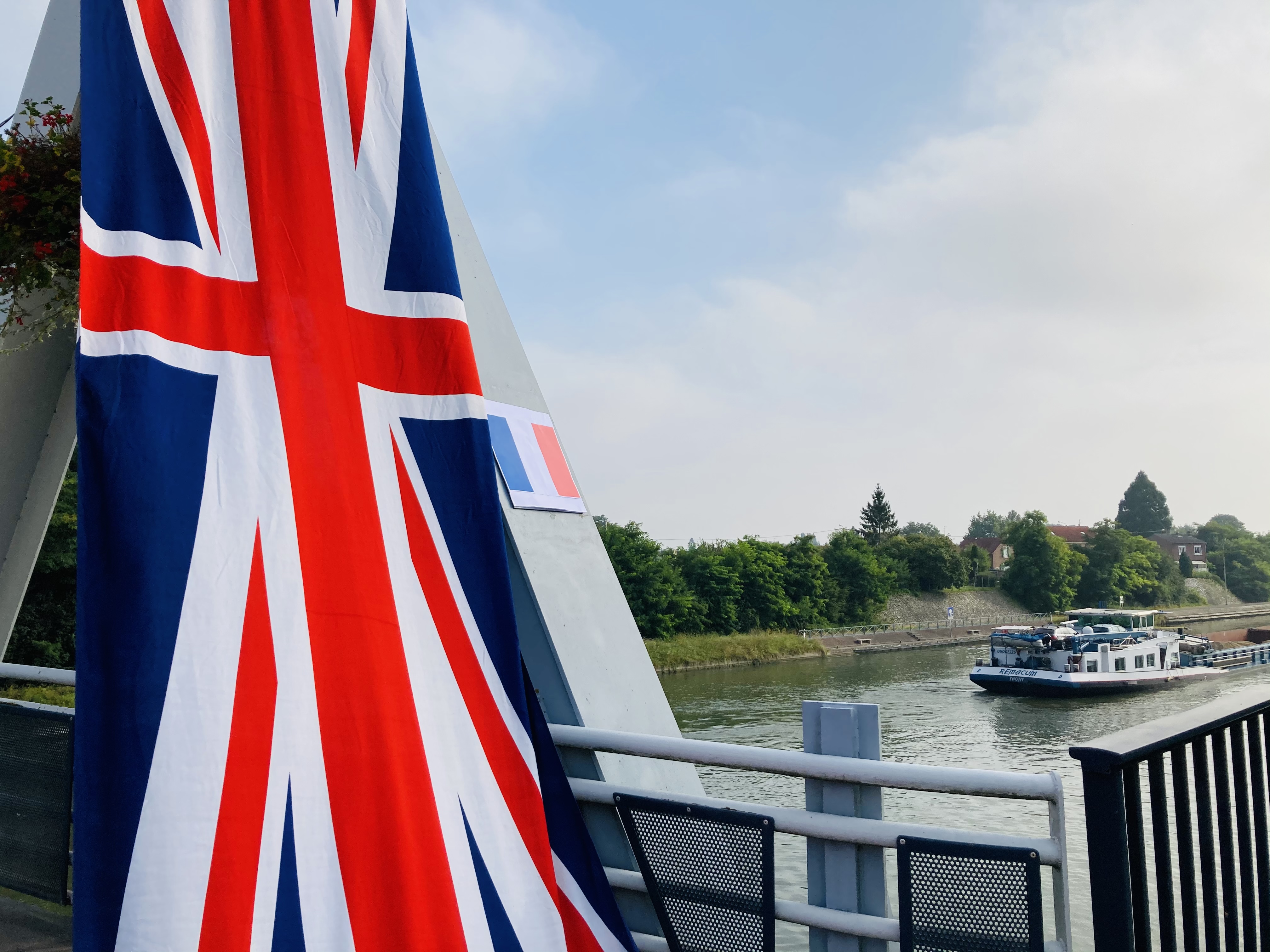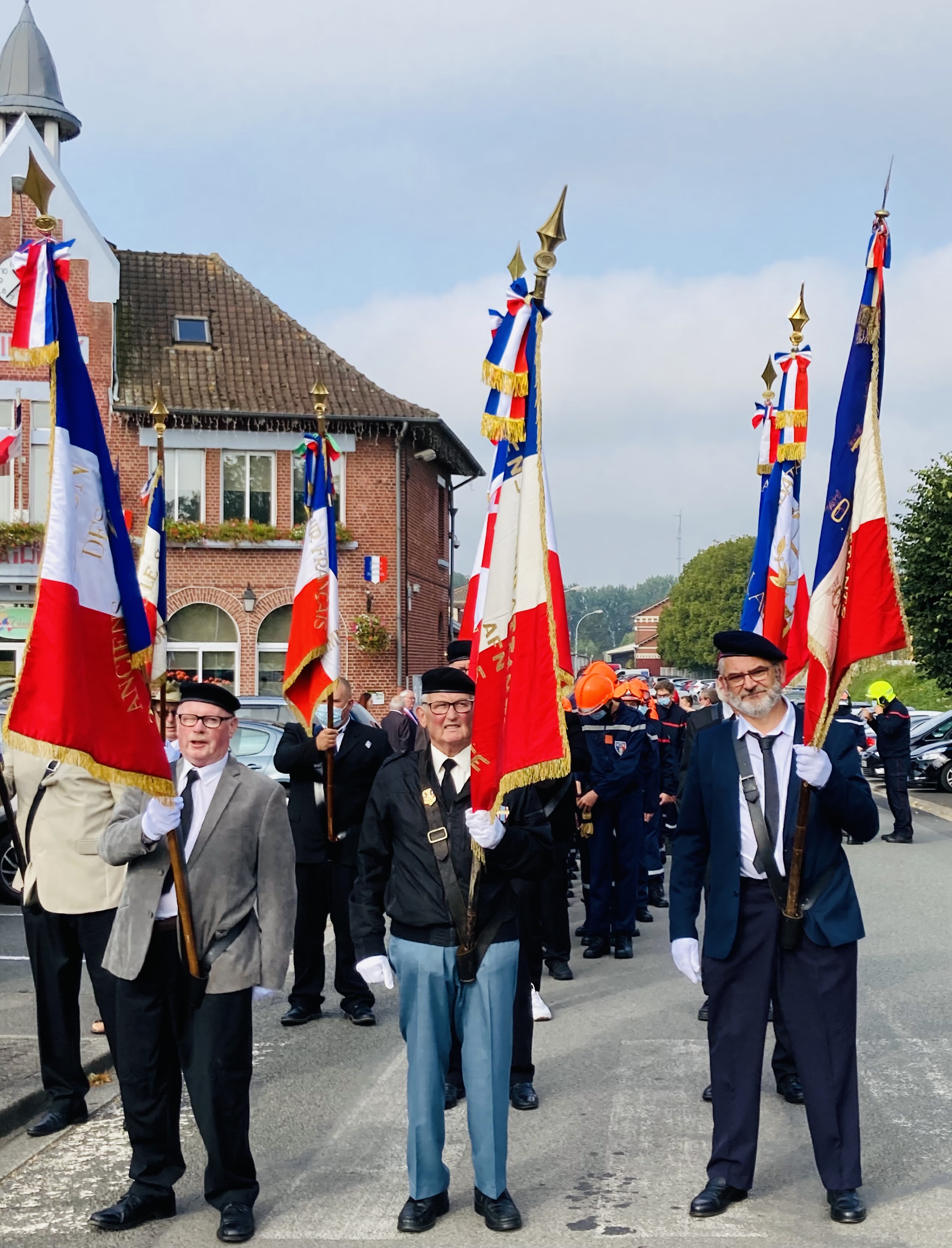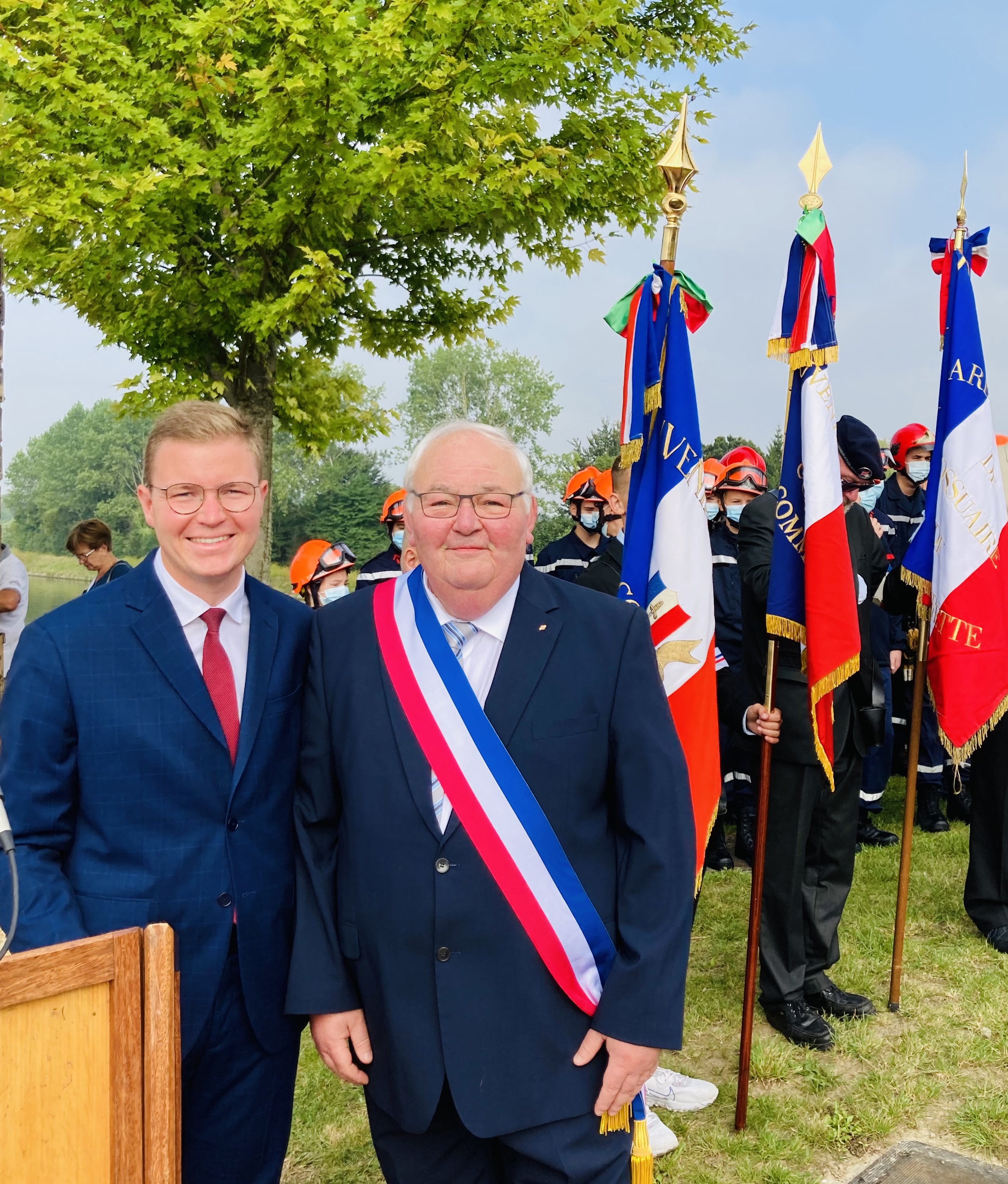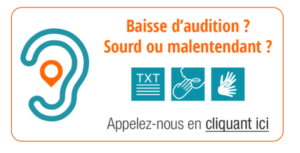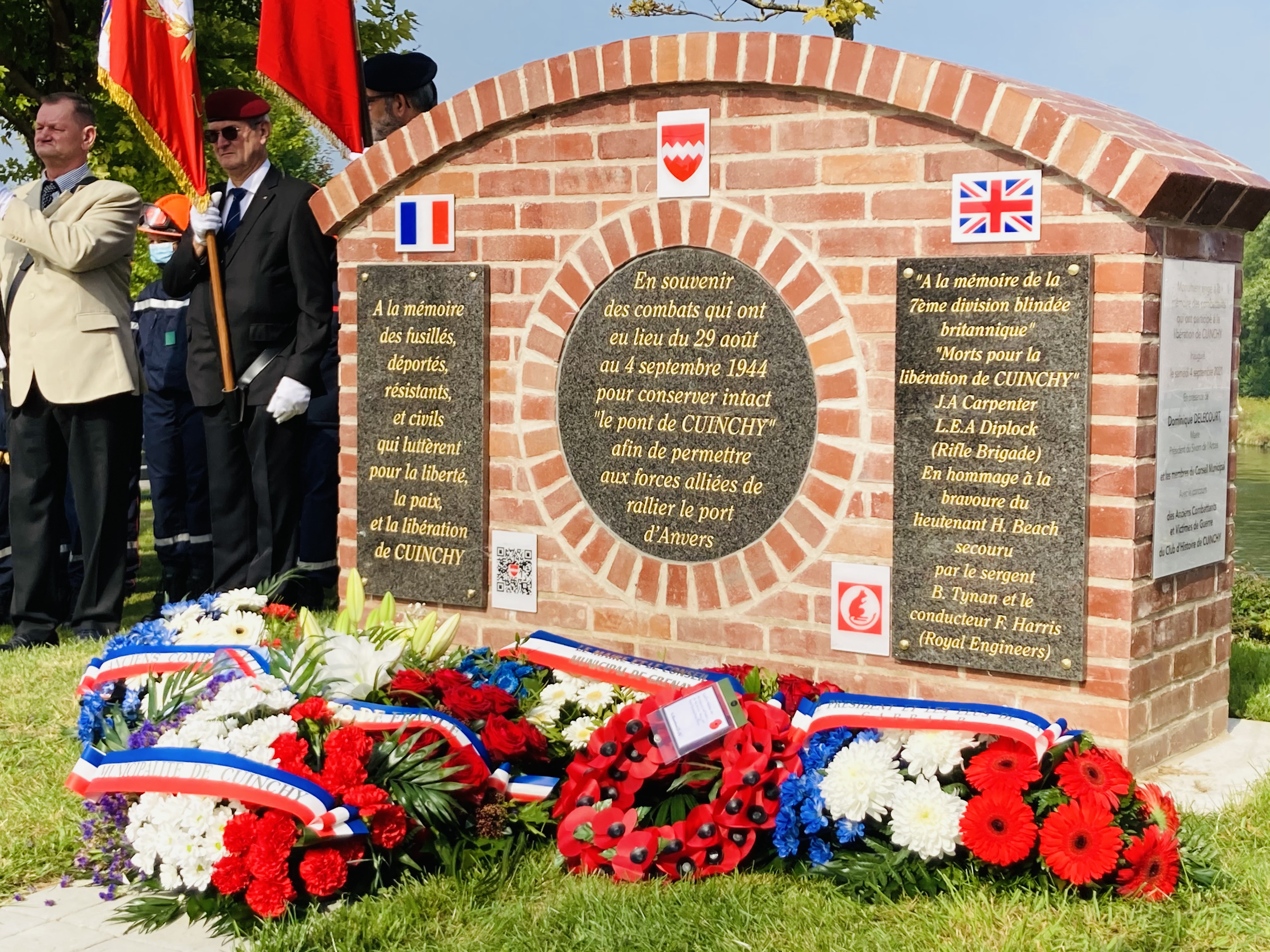 Le monument du Pont de Cuinchy est érigé en souvenir des combats de la libération, et en particulier ceux de l’ancien pont de bois, qui trouvait sa base à l’emplacement de la stèle.
Le monument du Pont de Cuinchy est érigé en souvenir des combats de la libération, et en particulier ceux de l’ancien pont de bois, qui trouvait sa base à l’emplacement de la stèle.
Ce monument honore les soldats britanniques et les résistants blessés ou morts dans la commune durant les affrontements contre les forces allemandes entre le 29 août et le 4 septembre 1944, date de la libération définitive du village.
Cette stèle est le seul lieu de mémoire honorant les soldats de la 7ème division blindée britannique, les rats du désert, s’étant battus en septembre 1944 dans le Pas-de-Calais.
L’ouvrage adopte une forme bombée rappelant à la fois la forme des tombes des soldats du Commonwealth et celle d’un pont, symbole entre le passé et le futur. Le choix de la brique rouge, matériau que l’on retrouve également à la mairie et à l’église de la commune, marque quant à lui le caractère régional du lieu et l’importance de promouvoir l’histoire locale.
Le Pont de Cuinchy, qui enjambe le canal d’Aire à La Bassée est baptisé « Pont Hugh Beach », en hommage au général britannique Sir William Gerald Hugh Beach. Le 3 septembre 1944, alors lieutenant des Royal Engineers en reconnaissance avec des unités de la 7ème division blindée britannique, il fût grièvement blessé par des tirs allemands lors d’un repérage sur l’ancien pont de bois. Secouru par son équipage, le lance-sergeant Bill Tynan et le driver Frederick Harris, il a pu livrer des informations cruciales aux pilotes des blindés avant d’être transféré à l’hôpital d’Arras.
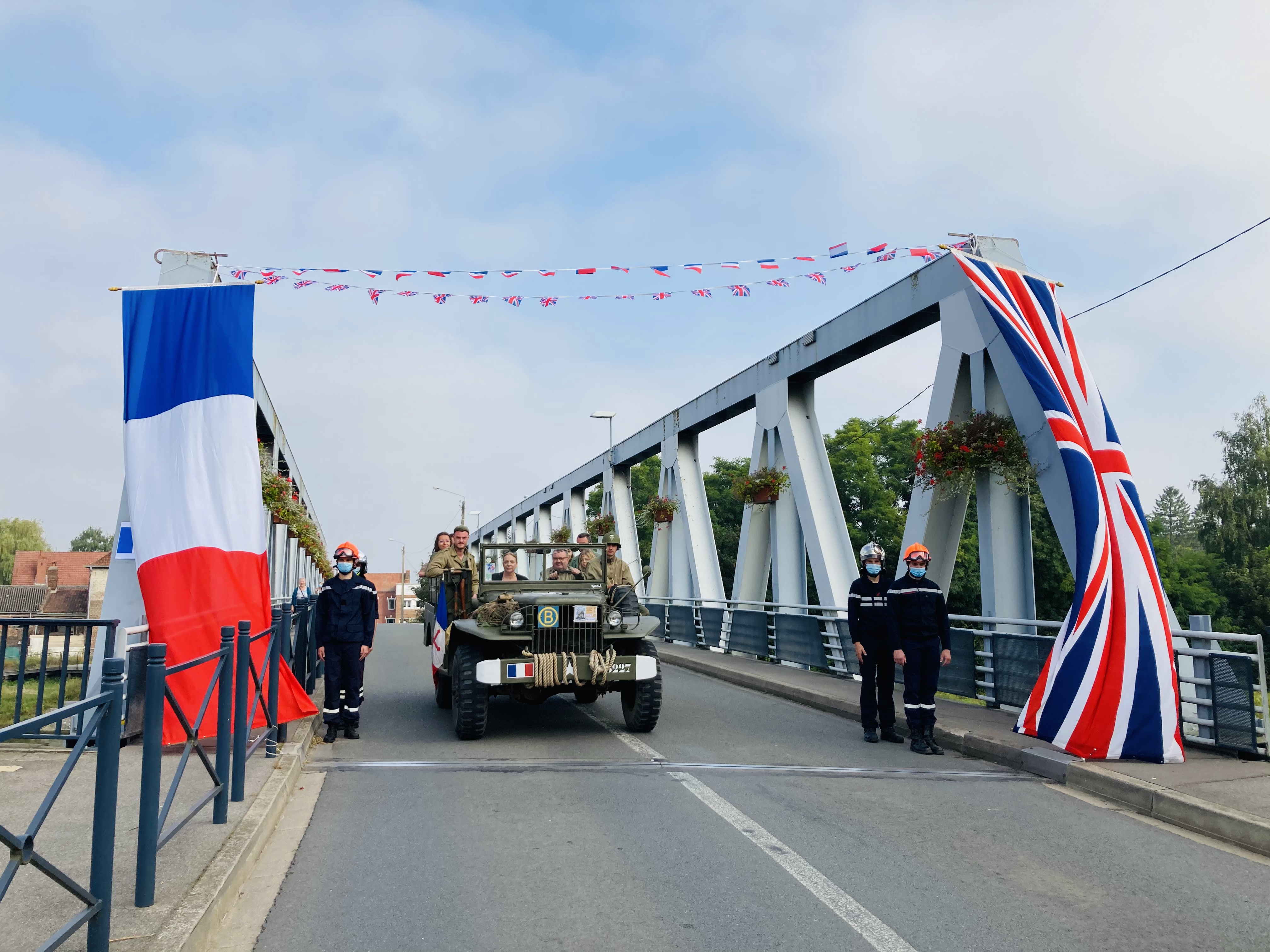 Pour cette action, qui permît de sécuriser le canal et de maintenir la progression des alliés vers le port d’Anvers, il reçut la military cross. Poursuivant sa carrière militaire après-guerre puis œuvrant pour la lutte contre la prolifération des armes, le Général Hugh Beach s’est éteint le 4 septembre 2019 à l’âge de 96 ans.
Pour cette action, qui permît de sécuriser le canal et de maintenir la progression des alliés vers le port d’Anvers, il reçut la military cross. Poursuivant sa carrière militaire après-guerre puis œuvrant pour la lutte contre la prolifération des armes, le Général Hugh Beach s’est éteint le 4 septembre 2019 à l’âge de 96 ans.
Le choix de ce nom de baptême doit également souligner la reconnaissance des Cuinchynois à l’ensemble de ses libérateurs et tend à célébrer l’amitié indéfectible entre les peuples français et britannique. Le drapeau figurant sur les plaques du pont représente l’entente cordiale.
Pour une lecture en francais de ce texte, cliquer ci dessous
Pour en savoir plus sur la libération de Cuinchy, cliquer ICI
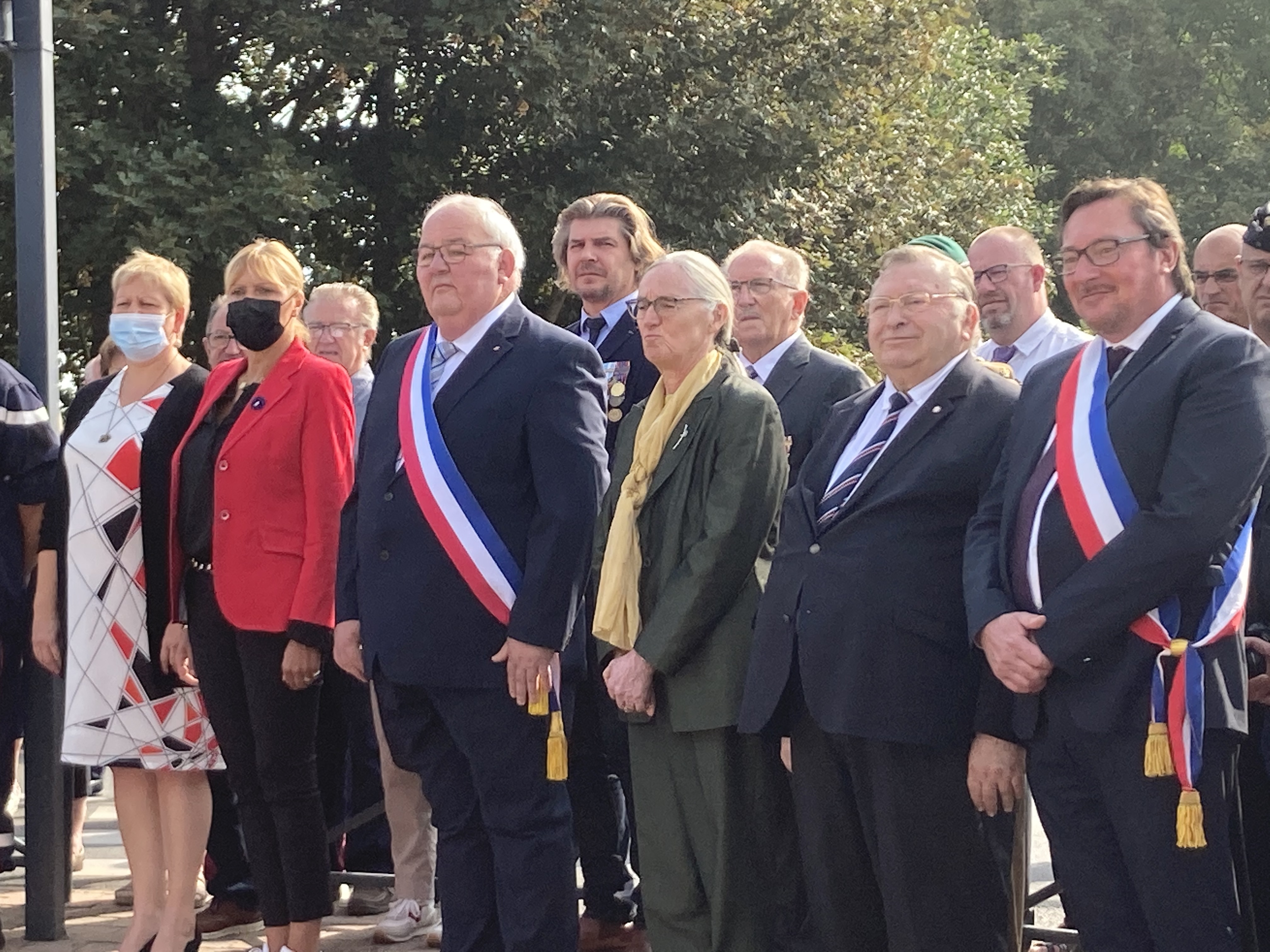 The monument at the bridge in Cuinchy was erected to commemorate the fights for the liberation and more precisely for those that took place at the old wooden bridge. Its base was located where the new stele was built.
The monument at the bridge in Cuinchy was erected to commemorate the fights for the liberation and more precisely for those that took place at the old wooden bridge. Its base was located where the new stele was built.
The monument is in memory of the British soldiers and the resistants that were killed or wounded in the town during the fights against the German armed forces from 29 August to 4 September 1944. The last date coincides with the definitive liberation of the village.
The stele is the only place of memory that pays tribute to the soldiers of the 7th British armoured division called the Desert rats and that fought in the Pas-De-Calais in September 1944.
The work has a curved shape which reminds us of both the shape of the graves of the Commonwealth soldiers and that of the bridge, a symbol of the past and the future. The red bricks, a material the townhall and the church are made of, symbolise the regional scale and the importance of promoting local history.
The Cuinchy bridge, which spans the canal from Aire to La Bassée, is named the “Pont Hugh Beach”, in memory of the British general Sir William Gerald Hugh Beach. On September 3rd 1944, he was a lieutenant of the Royal Engineers going on a reconnaissance mission with the units of the 7th British armoured division. He was shot and seriously injured by Germans, scouting around the old wooden bridge. He was rescued by his team, Lance sergeant Bill Tynan and Driver Frederick Harris, and gave crucial information to the drivers of the armoured vehicles. Then he was sent to hospital in Arras.
For his action that allows to secure the canal and to keep the allies advancing towards the port of Antwerp, he was awarded the military cross. He continued his military career after the second World War and then fought against the proliferation of weapons. General Hugh Beach died on 4th September 2019 at the age of 96.
By naming the bridge ‘Pont Hugh Beach” is a way to express the inhabitants ‘ gratitude to all those people who contribute to the liberation and to celebrate the strong French and British friendship.
The flag on the bridge plates represents the Entente Cordiale.
Reading in English
To know more about the liberation of Cuinchy, you can click here
